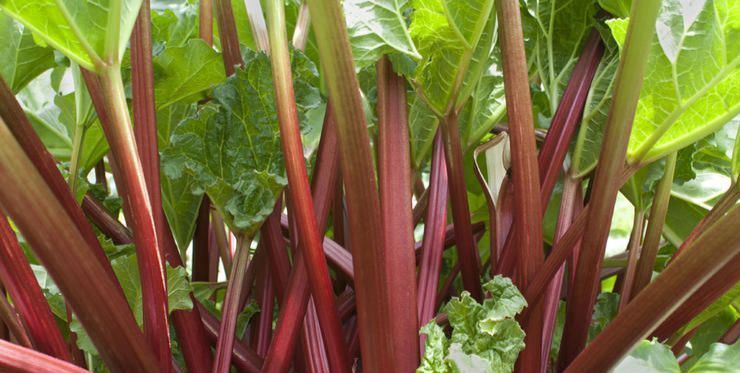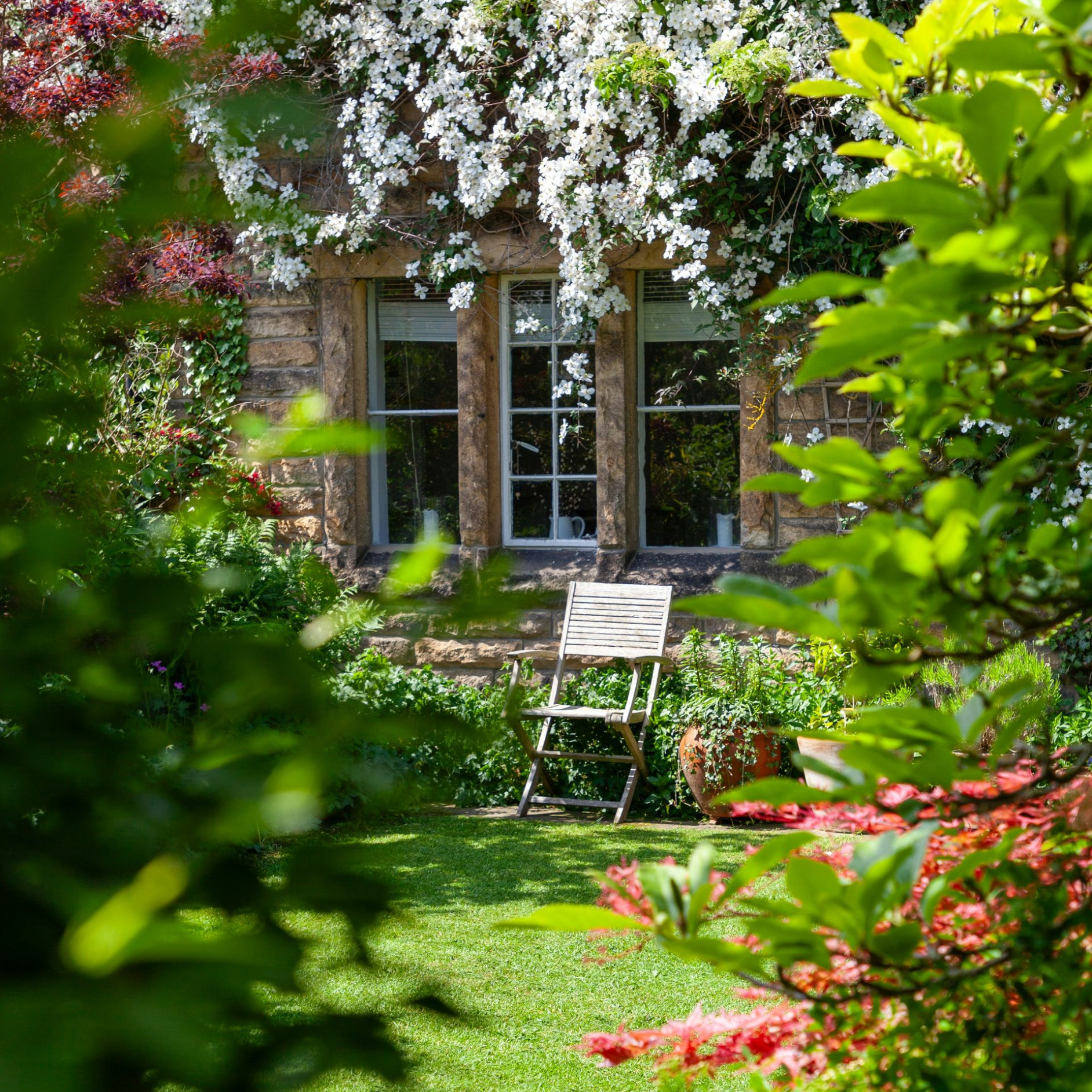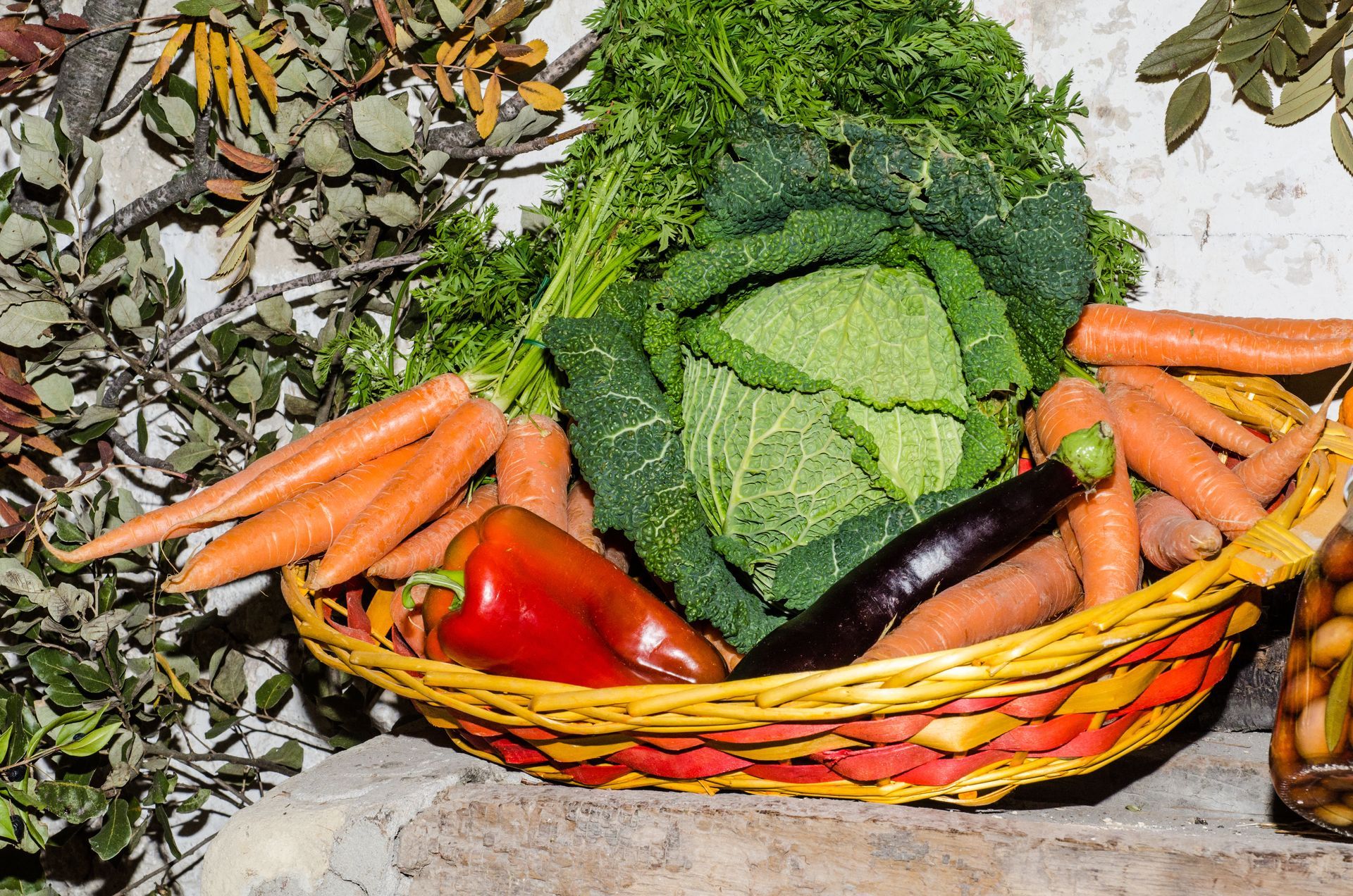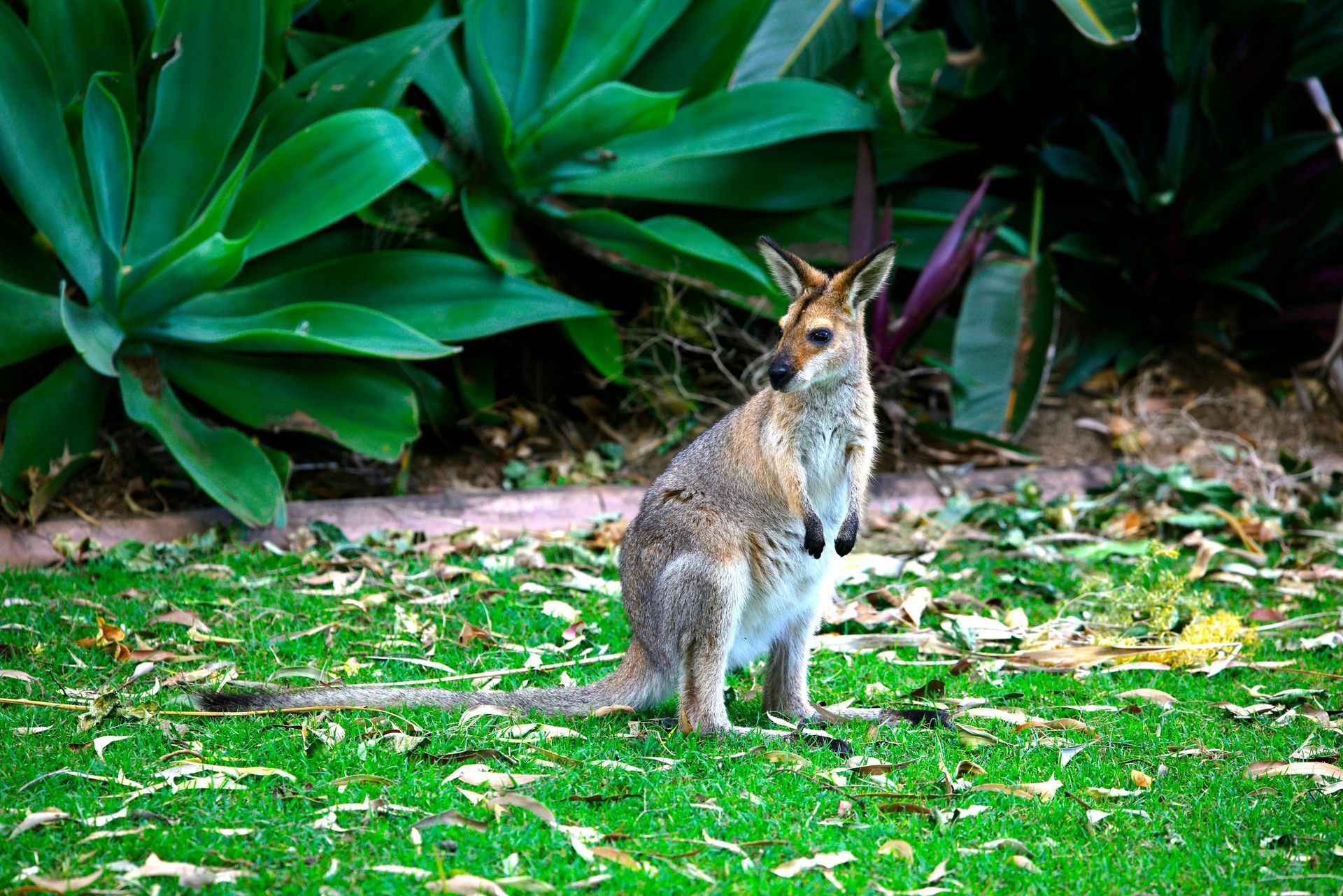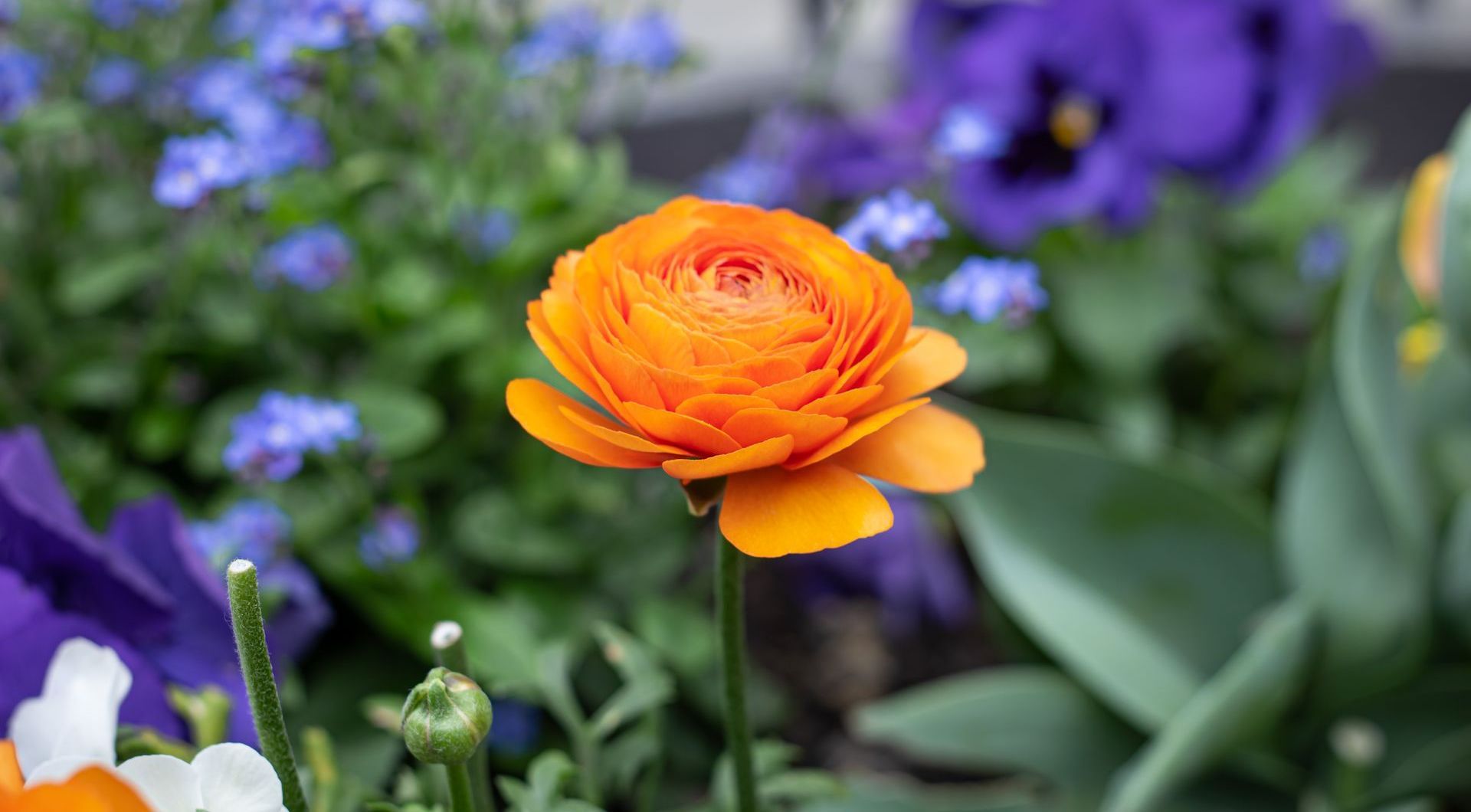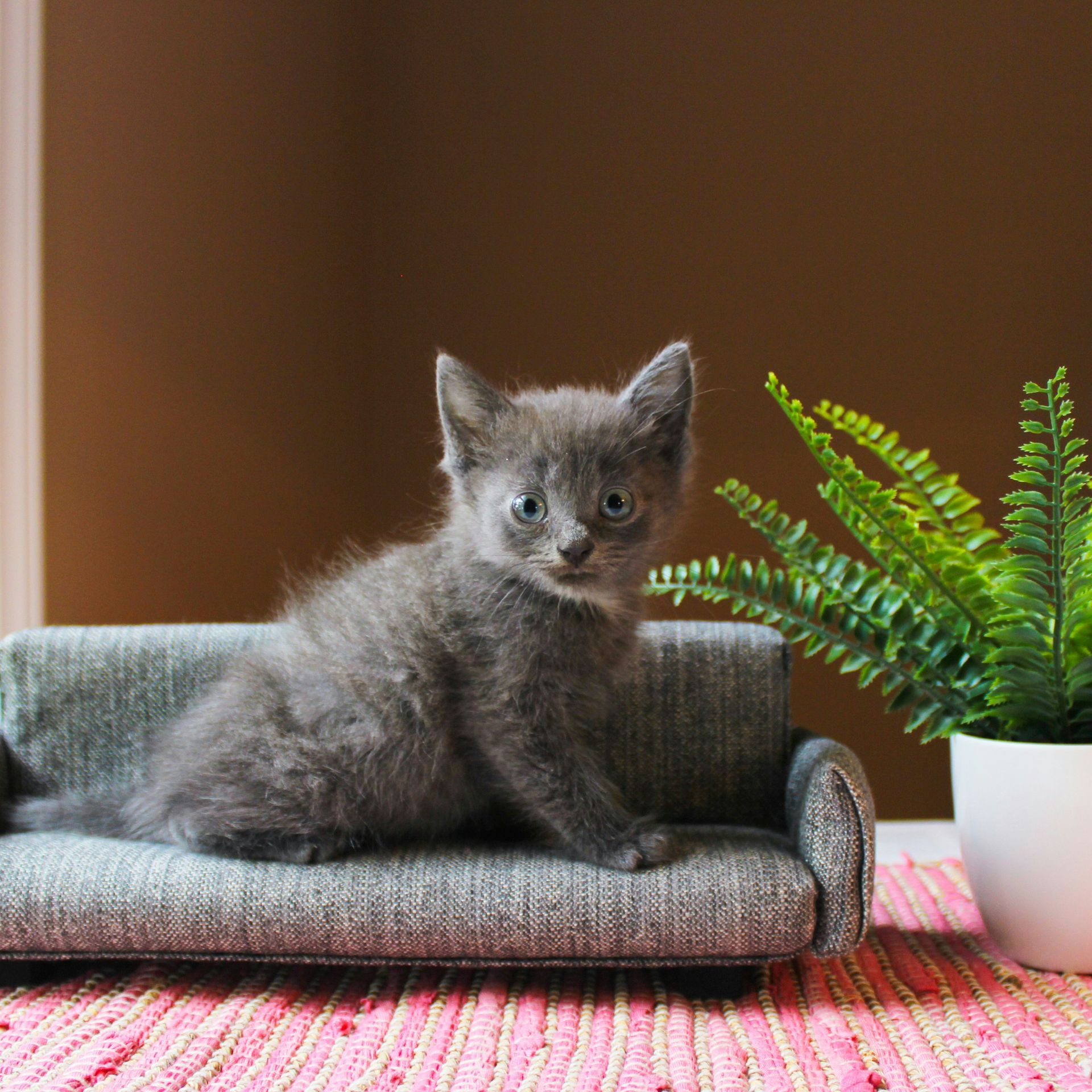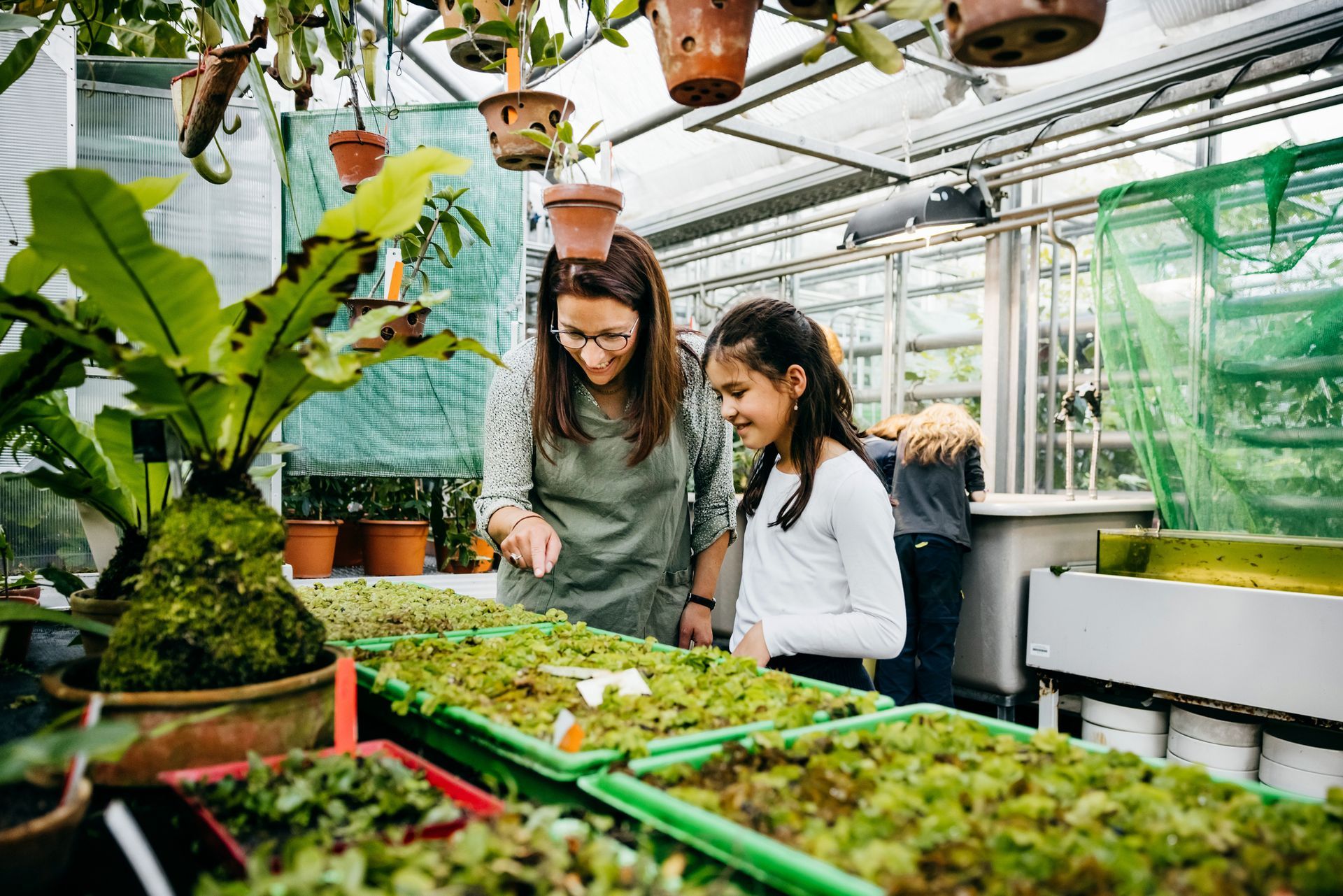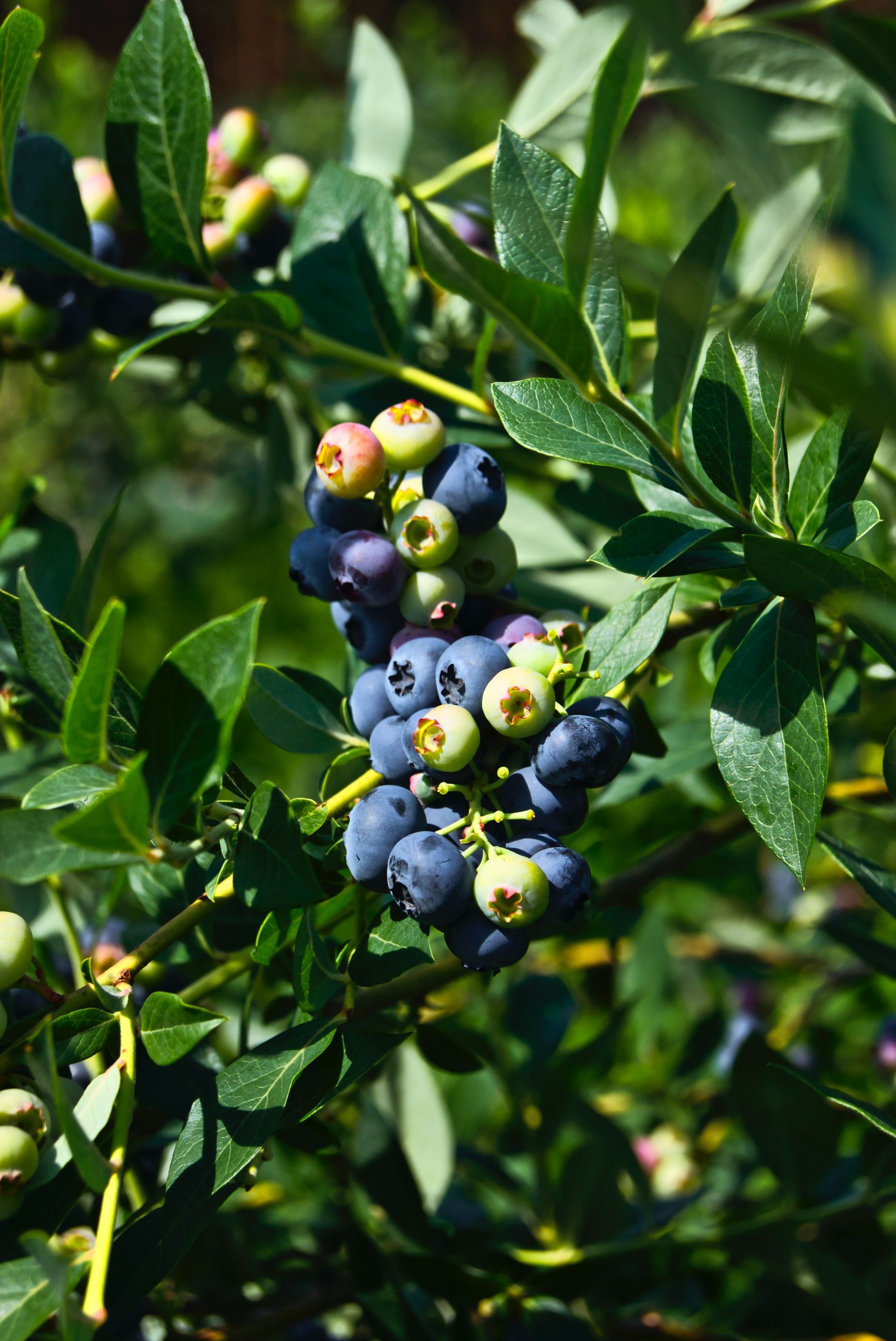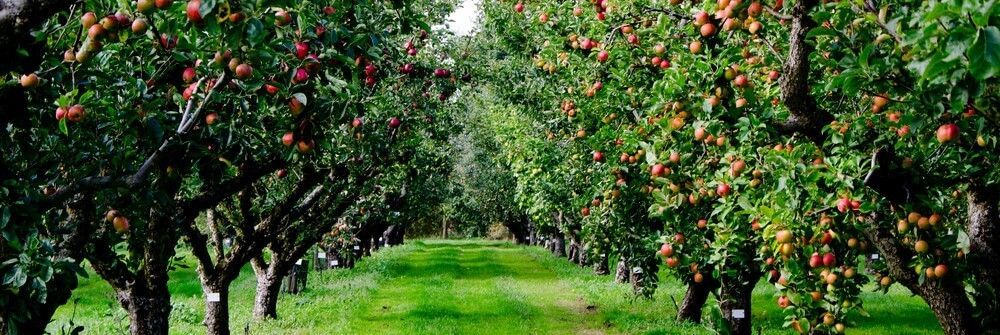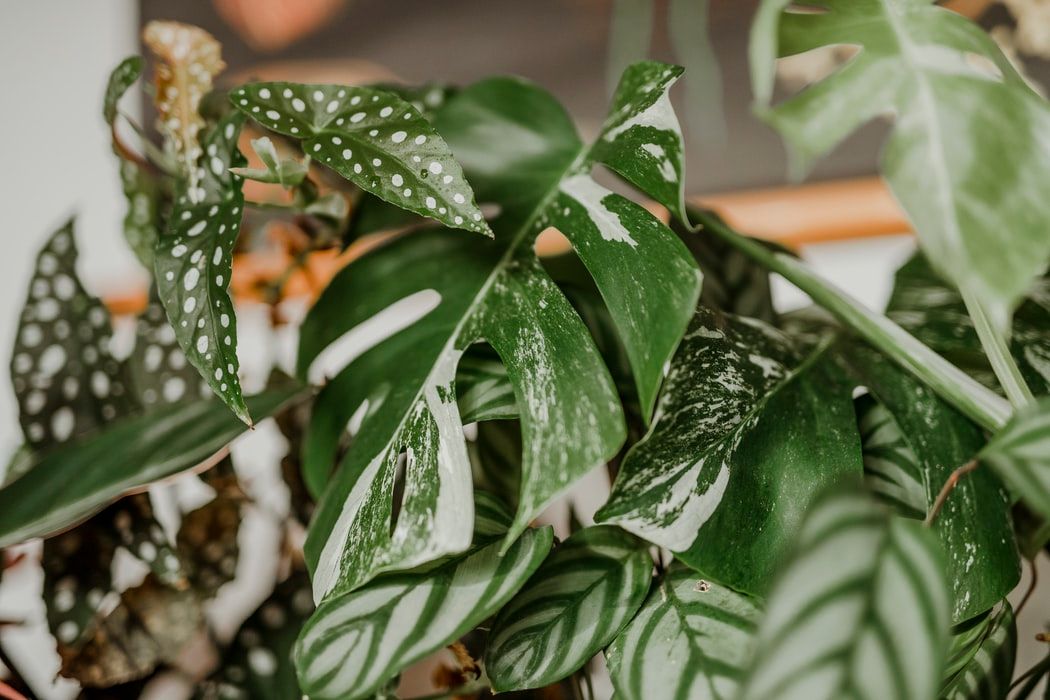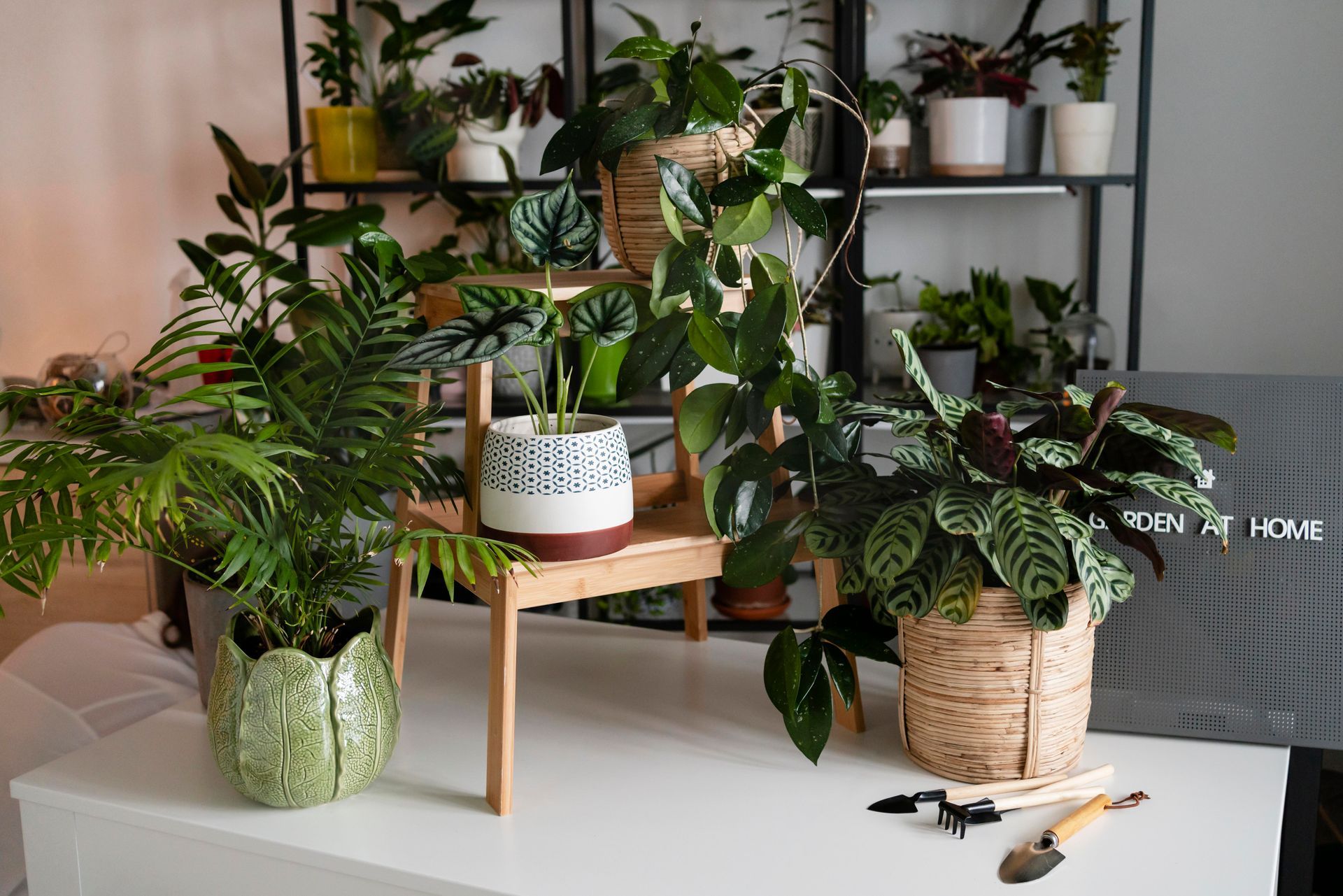How to Grow Rhubarb in Tasmania – A Winter Favourite for Every Garden
Rhubarb (Rheum x hybridum) is a hardy and rewarding herbaceous perennial vegetable that’s ideal for Tasmanian gardens. With its large, bold green leaves and vibrant red stalks, rhubarb adds both flavour and beauty to your vegie patch - perfect for garden beds, semi-shaded corners, and even awkward spaces where other edibles struggle to thrive.
Thriving in cool to cold climates, rhubarb typically grows to 70cm–1.5m high, spreading up to 1.5m wide, so give it plenty of space. It performs well in full sun or part shade, especially during hot summers, making it a versatile choice for many garden positions.
Planting Rhubarb Crowns in Winter
Winter is the best time to plant rhubarb crowns. While rhubarb can be grown from seed or seedlings, bare-root crowns offer a faster and more reliable start.
Choose a garden bed with well-drained, nutrient-rich soil, and prepare it by digging in aged compost or organic matter. Avoid using fresh manure, as it can be too acidic and may burn the developing roots.
Plant crowns 60–80cm apart, ensuring the buds sit just below the surface. After planting, apply a cup of general-purpose fertiliser per plant, water thoroughly, and mulch to help retain moisture.
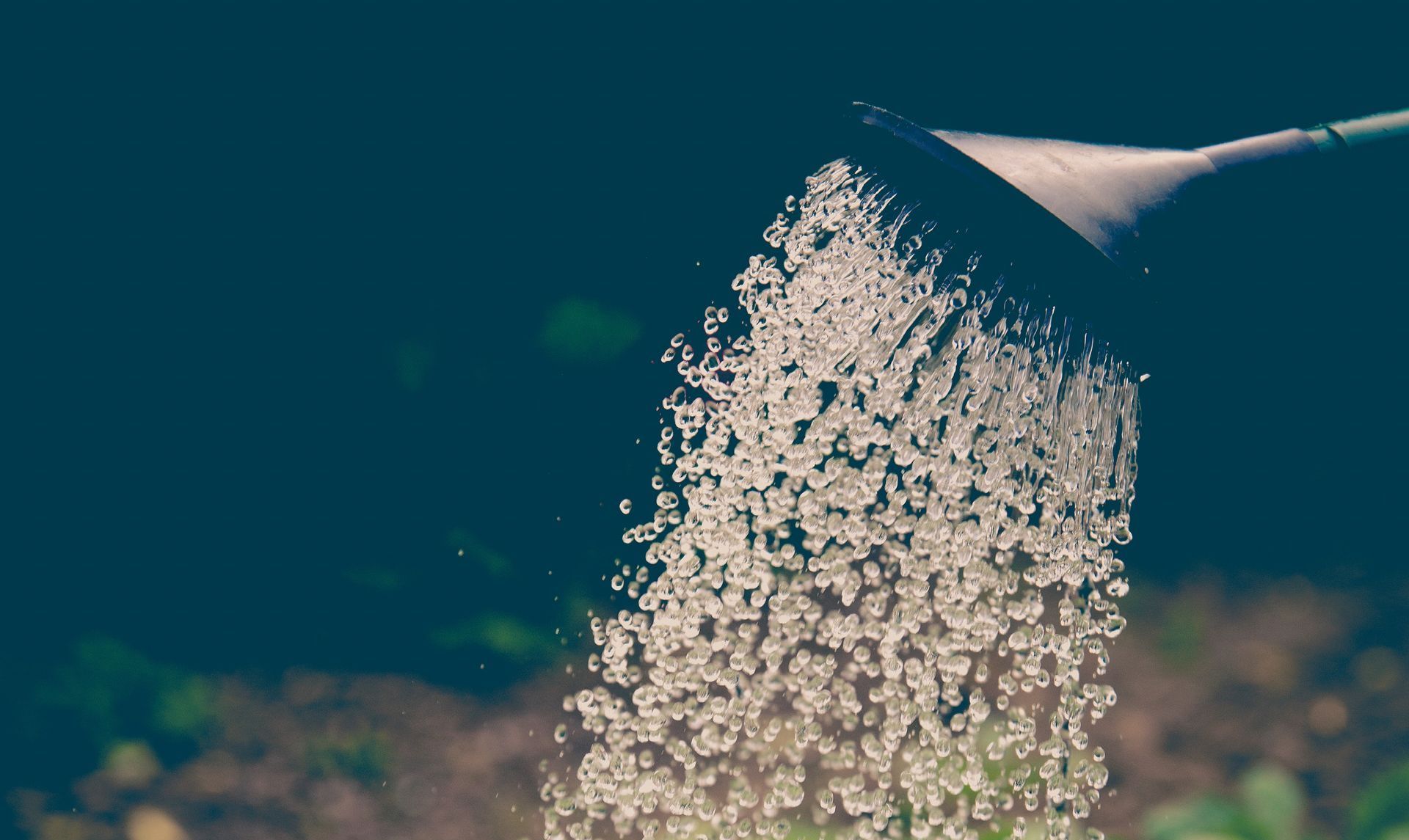
Watering & Feeding
Rhubarb thrives on consistent moisture. It loves water, so regular watering is essential, especially during dry spells. Never allow the soil to dry out, as this will inhibit growth.
Feed the plant twice a year – once in late winter after pruning, and again in early summer – using aged manure, compost, or a balanced organic fertiliser. Rhubarb also responds well to regular composting throughout the growing season.
Seasonal Care & Pruning
In winter, once the leaves turn yellow, cut the foliage back to the crown and apply a fresh layer of mulch to keep the soil moist and protect the roots. Every 5–6 years, lift and divide the crown to rejuvenate the plant and encourage continued production.
Watch for common pests like snails, and avoid overwatering or planting in poorly drained soil to prevent crown rot.
Harvesting Tips
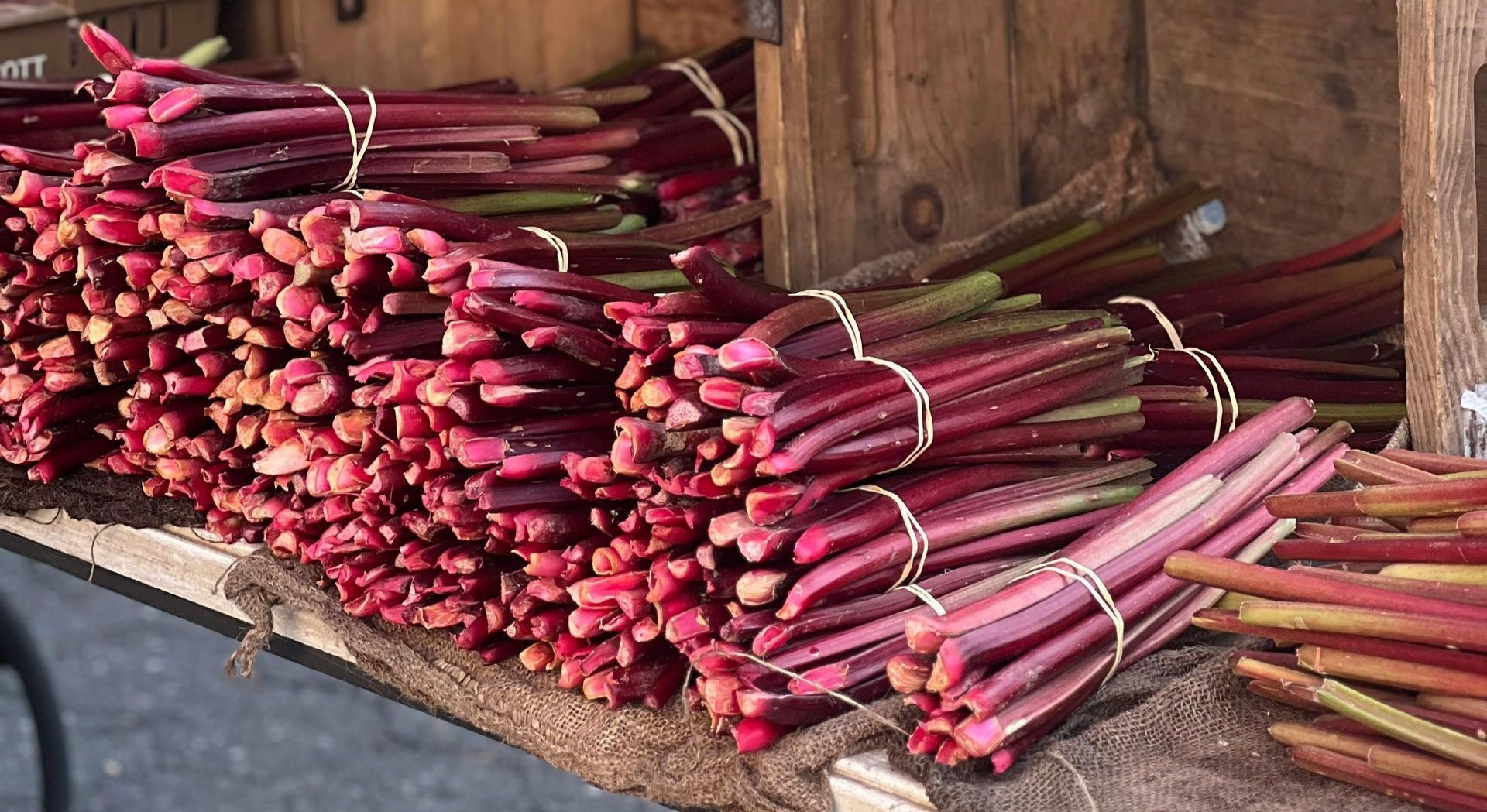
- Allow rhubarb to establish for at least a year before harvesting heavily.
- Harvest by taking the outer stalks and either twisting gently or cutting at ground level with a sharp knife.
- Stop harvesting once the new stalks become thin – this means the crown needs time to replenish.
- Important: Never eat the leaves, as they are toxic – but they are safe to compost.
A Decorative and Edible Delight
Rhubarb’s bold, dark green foliage and vivid red stems offer more than just flavour – they make rhubarb a beautiful ornamental plant. It’s ideal for semi-shade areas and works well in those hard-to-plant garden corners, combining aesthetics with productivity.
Cooking with Rhubarb – Sweet, Tart & Versatile
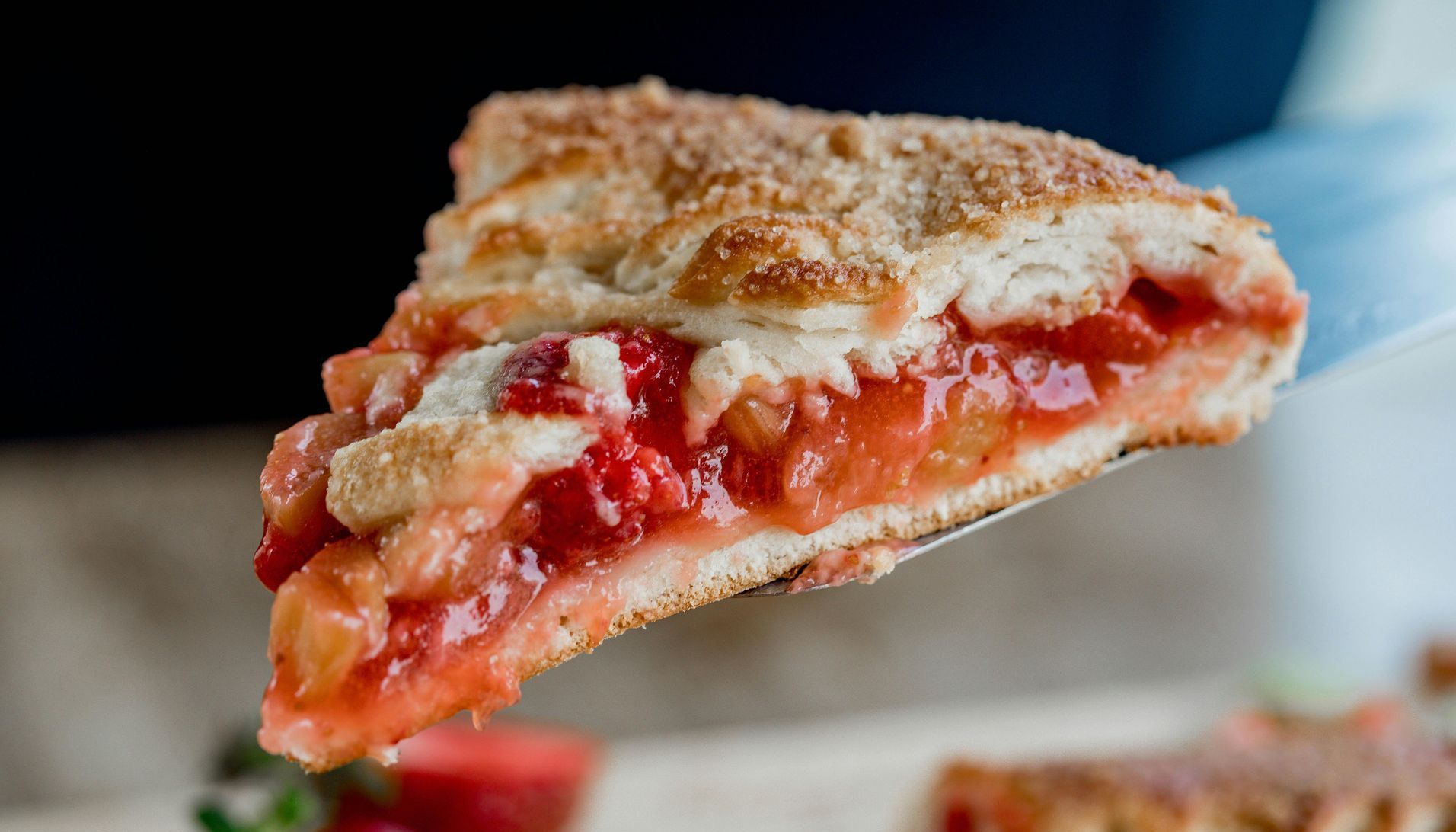
Rhubarb isn’t just easy to grow – it’s also a delicious kitchen staple! Its tart, fruity flavour makes it a favourite in:
Pies, crumbles, and tarts
Stewed compotes for topping porridge or yoghurt
Jams and chutneys
Homemade cordials and syrups
Even cocktails, like rhubarb gin or sparkling spritzers
Pair rhubarb with strawberries, apples, ginger, vanilla, or citrus for truly mouth-watering results.
Just remember: only the stalks are edible.

Grow Rhubarb with Confidence
At Stoneman’s Garden Centre, we stock top-performing rhubarb varieties like ‘Ever Red’ and ‘Giant Victoria’ – perfect for Tasmanian conditions. Whether you're refreshing your vegie patch or adding colour to your garden beds, rhubarb is a must-have for every cool-climate garden.
Visit us in-store and let our expert team help you get the most from your winter planting.

